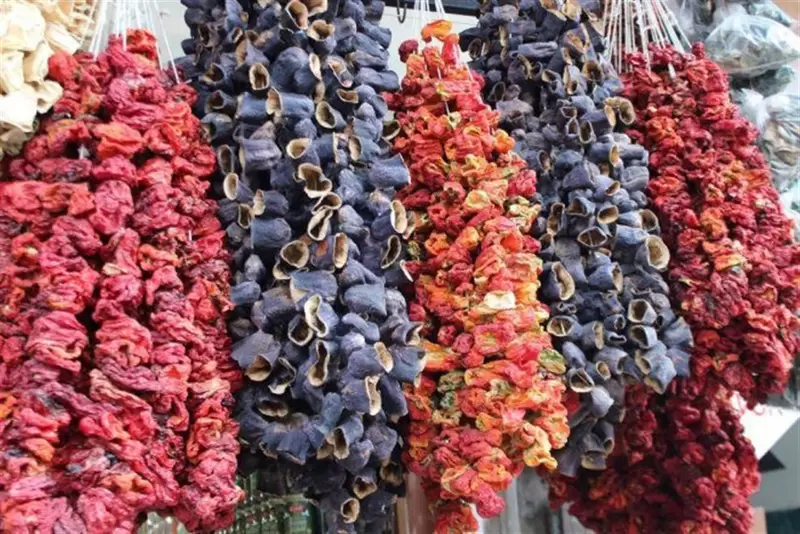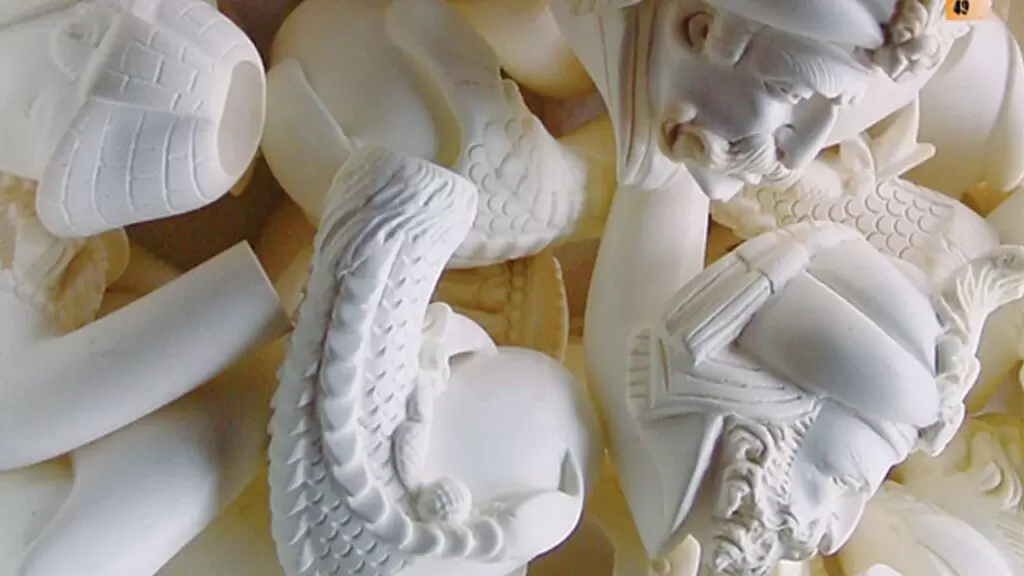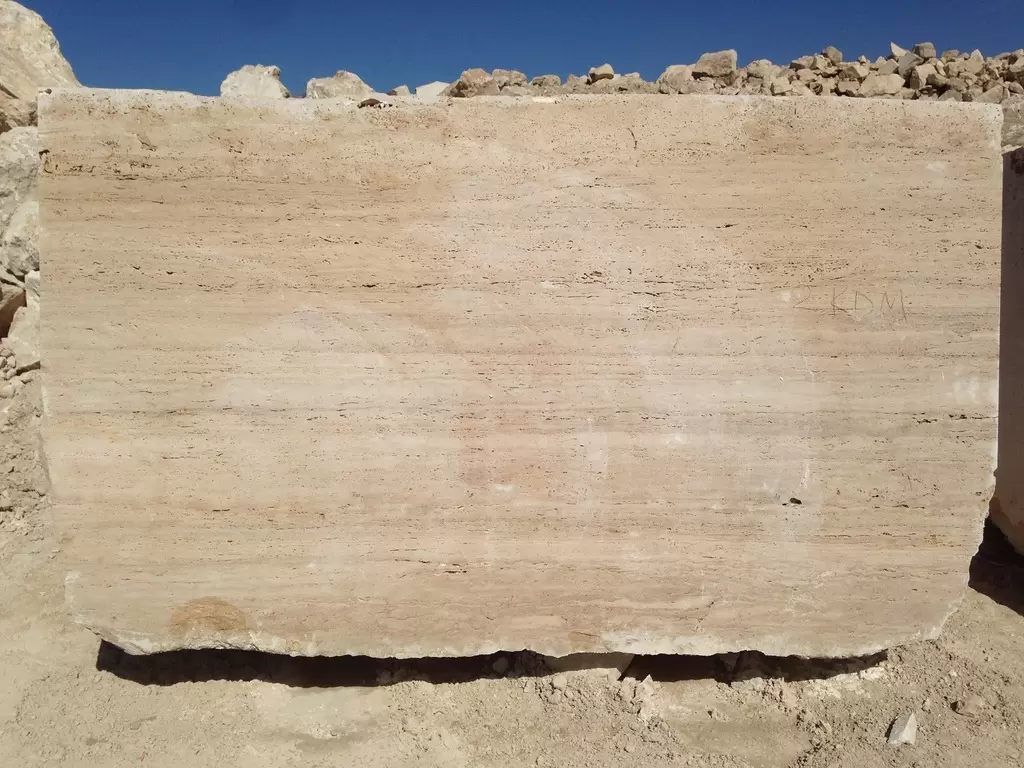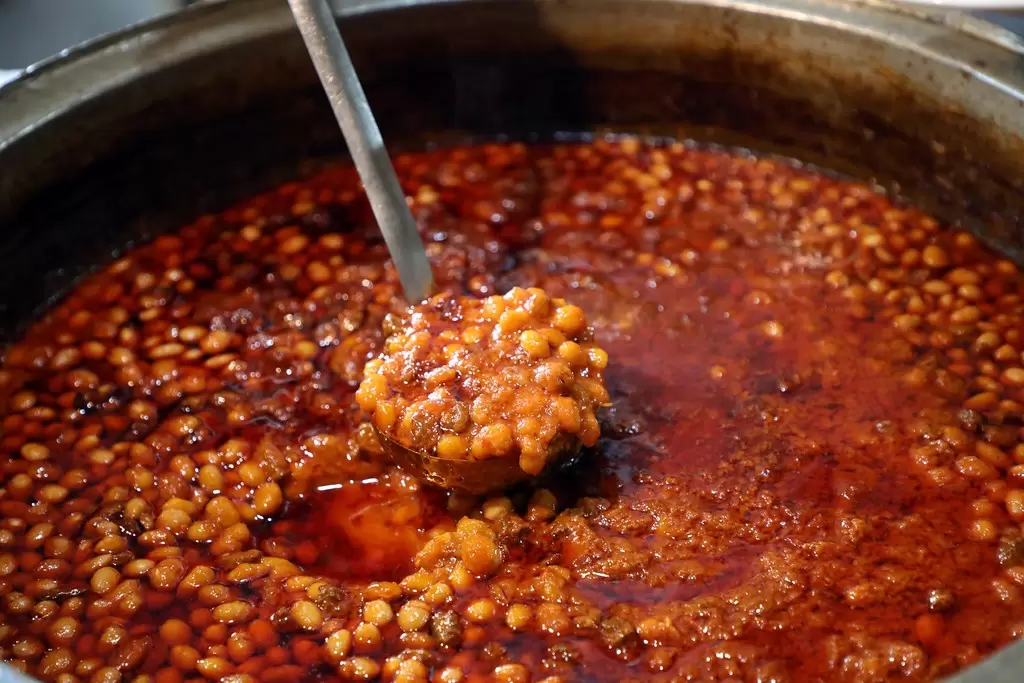
Antep Dried Eggplant is a geographically indicated product and a staple of Gaziantep's rich culinary tradition. Renowned for its unique preparation method, flavor, and texture, this traditional ingredient plays a central role in Gaziantep’s iconic stuffed dishes, particularly kuru patlıcan dolması (stuffed dried eggplant). The distinctiveness of Antep Dried Eggplant lies in the region's climate, the natural drying process, and the careful craftsmanship involved in its production.
Distinctive Features
-
Unique Climate and Regional Characteristics
Gaziantep’s climate is ideal for producing high-quality dried eggplants. The districts of Oğuzeli, Nizip, Karkamış, and Araban are particularly suited for this production due to their warm temperatures and consistent airflow. The slow drying process in this environment results in eggplants with a soft texture and enhanced flavor. Unlike other regions, Gaziantep Dried Eggplants have a lighter color, thinner flesh, and softer consistency after cooking, which are hallmarks of their superior quality. -
Traditional Preparation
The eggplants used for drying are harvested during their peak season in August and September. They are carefully washed, cut in half, and hollowed out by hand to create uniform shells. These shells are strung in clusters of 50 and hung on racks in shaded, windy areas for natural drying. This meticulous process preserves the eggplant’s delicate flavor and ensures a consistent texture. -
Natural Drying Process
The natural drying process relies on airflow and shade to avoid direct exposure to the sun, which can cause discoloration and hardening. The drying process typically takes 3-4 days in ideal weather conditions but can extend to a week in more humid or rainy conditions. This slow drying enhances the eggplant’s flavor and makes it easier to cook. -
Soft Texture and Enhanced Flavor
The defining characteristics of Antep Dried Eggplant are its soft texture and rich flavor after cooking. When rehydrated and cooked, it retains its shape while becoming tender and pliable, making it perfect for stuffing with flavorful fillings. -
Distinct Appearance
The dried eggplants are characterized by their light color and thin, delicate walls. Unlike products from other regions, Antep Dried Eggplants have a uniform, aesthetically pleasing appearance, making them ideal for high-quality culinary presentations. -
Culinary Versatility
While traditionally used for making kuru patlıcan dolması, Antep Dried Eggplant can be incorporated into various dishes. Its subtle, smoky flavor complements a variety of fillings, including minced meat, rice, bulgur, and aromatic spices, making it a versatile ingredient in Turkish cuisine.
Production Process
-
Harvesting
Eggplants are harvested in their prime, typically in August and September, ensuring that they are fresh and firm. -
Preparation
The harvested eggplants are washed, cut in half, and hollowed out by hand to remove the seeds and pulp. The hollow shells are uniform in size to ensure even drying and consistent cooking. -
Stringing and Hanging
The hollowed eggplants are strung together in groups of 50 using strong threads. These strings are then hung on racks in open, windy areas, avoiding direct sunlight to ensure even drying without scorching. -
Drying
The eggplants are left to dry naturally for 3-7 days, depending on weather conditions. Wind and shade are critical during this process, as they allow the eggplants to dehydrate evenly while retaining their light color and soft texture. -
Storage
Once dried, the eggplants are stored in cool, dry conditions, preserving their quality for extended periods. Properly dried Antep Dried Eggplants can be stored for months, ready to be used in traditional recipes.
Historical and Cultural Significance
The tradition of drying eggplants in Gaziantep dates back centuries, with records of their use appearing in historical texts such as the 18th-century "Yemek Risalesi" by Ali Eşref Dede. This method of preservation reflects the ingenuity of Gaziantep’s people, who developed techniques to store seasonal produce for use throughout the year. The prominence of kuru patlıcan dolması in Turkish cuisine further underscores the cultural significance of this ingredient.
A Symbol of Gaziantep’s Culinary Heritage
As a geographically indicated product, Antep Dried Eggplant is a symbol of Gaziantep's commitment to preserving its culinary traditions. Its production showcases the region’s expertise in utilizing natural resources and traditional methods to create ingredients of exceptional quality.
A Must-Try Ingredient for Food Enthusiasts
For anyone exploring Gaziantep's gastronomy, dishes made with Antep Dried Eggplant are a must-try. Whether enjoyed as part of a traditional stuffed recipe or in creative modern dishes, it offers a taste of Gaziantep’s culinary artistry and a connection to its rich history.


















